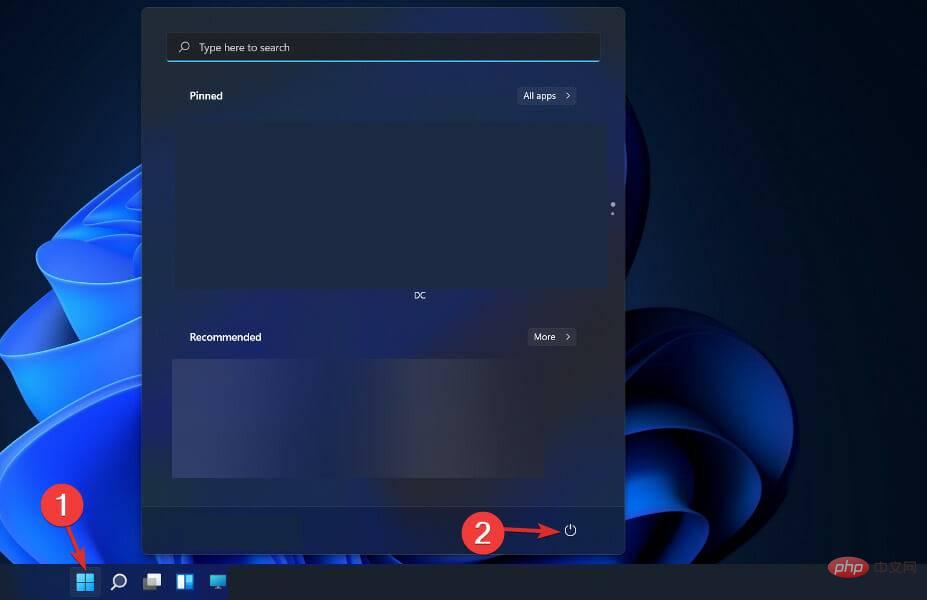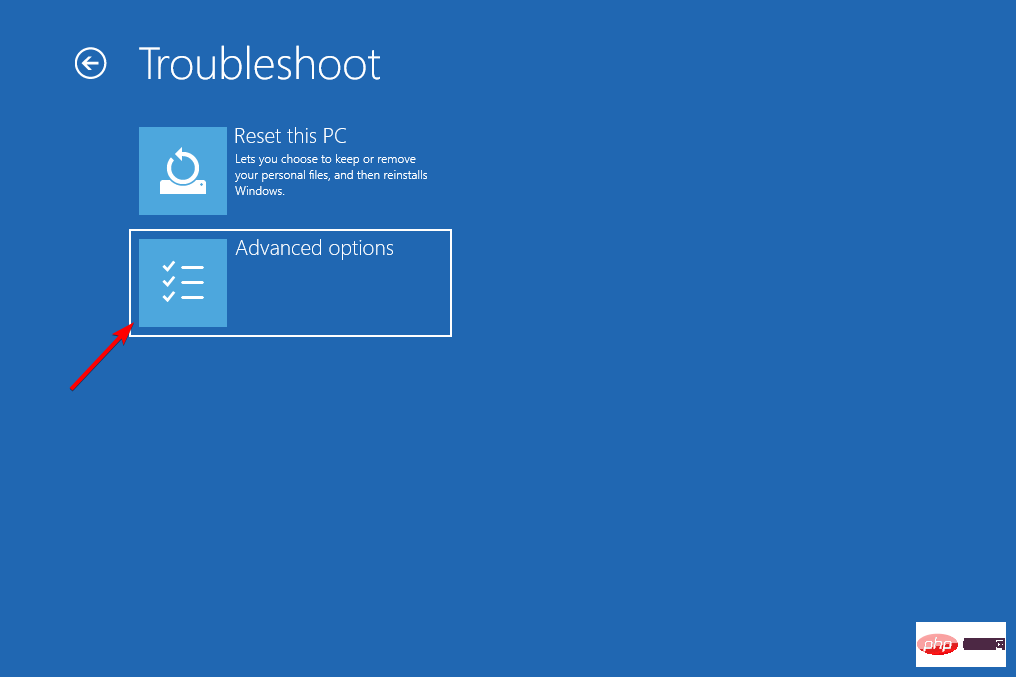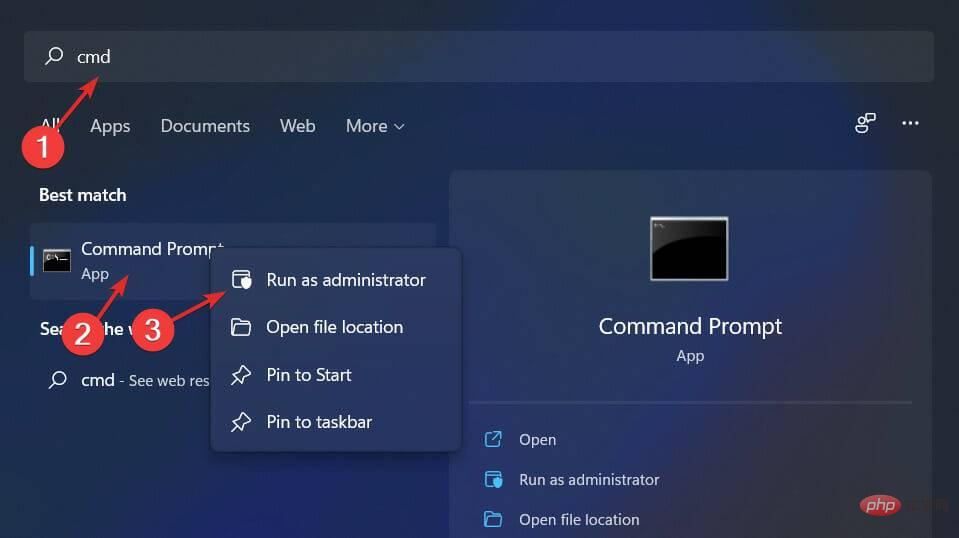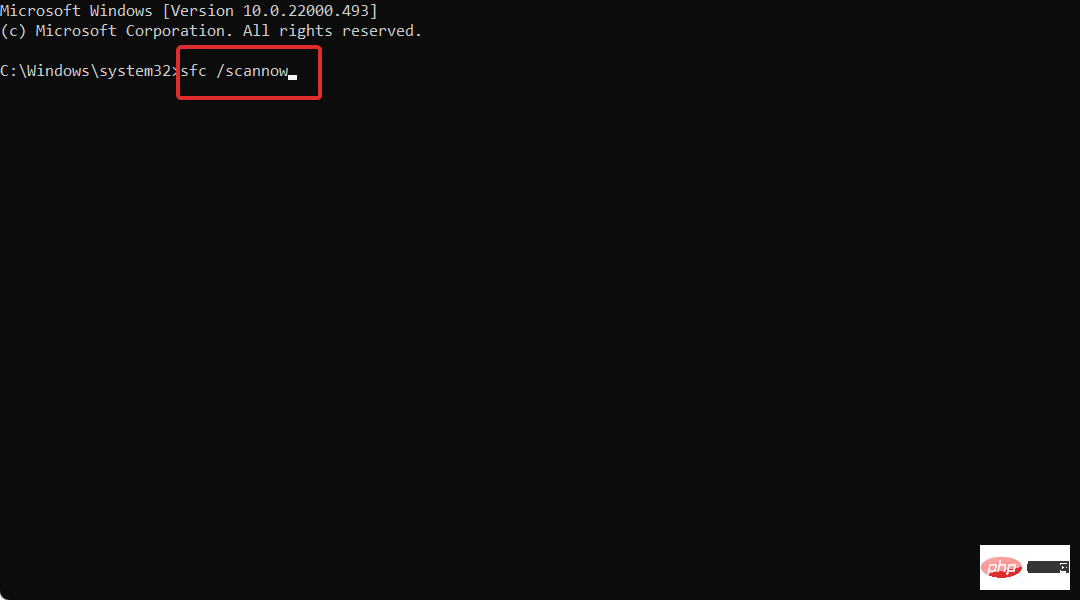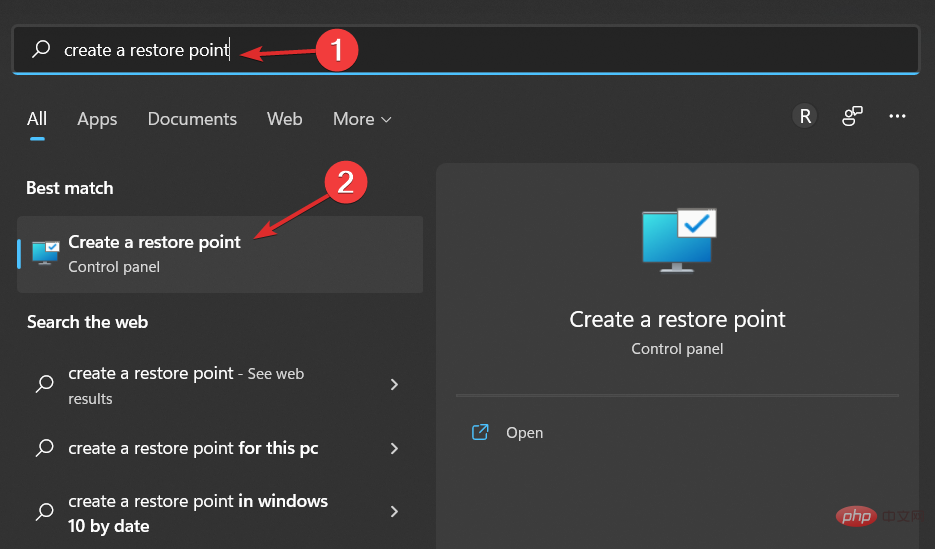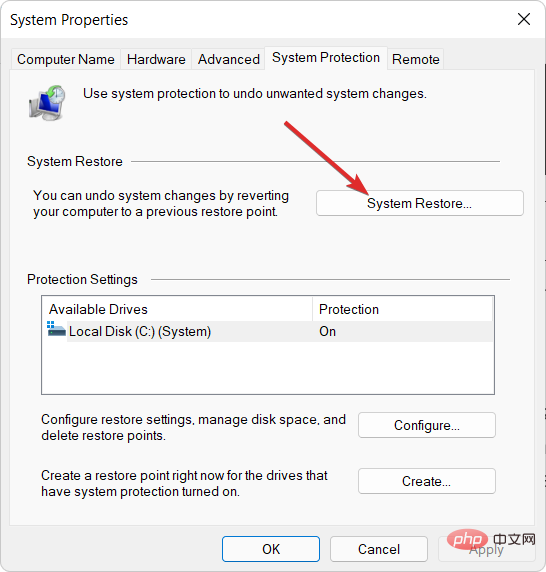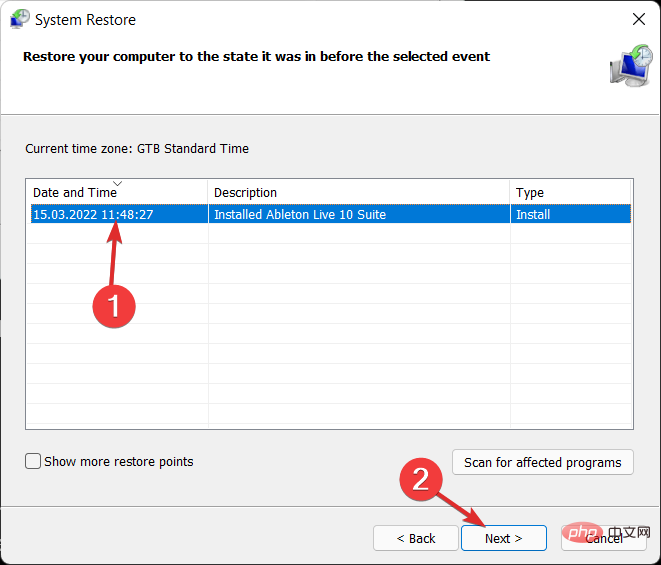Fix system thread exception unhandled error in Windows 11
You may have started up your computer and the Windows 11 error System Thread Exception Unhandled appeared on the screen, along with a big sad face. Don’t worry, we’ve got your back!
Unfortunately, simply restarting your PC won't fix the error, but a better solution isn't that complicated. Often, faulty drivers installed on your machine are the source of blue screens.
Follow along as we show you how to fix the System Thread Exception Unhandled error in Windows 11, after we look at what might be causing it in more detail. Follow us!
What causes Windows 11 error System Thread Exception Unhandled?
We feel it’s important to understand what causes the System Thread Exception not Handled problem before we can try to fix it, so let’s get started.
On startup, Windows 11 will automatically detect and load all essential drivers installed on your machine. The driver may be incompatible with your iteration of Windows, or a bug may be introduced in it.
So a Blue Screen of Death (BSoD) will occur with the error SYSTEM_THREAD_EXCEPTION_NOT_HANDLED displayed on the screen.
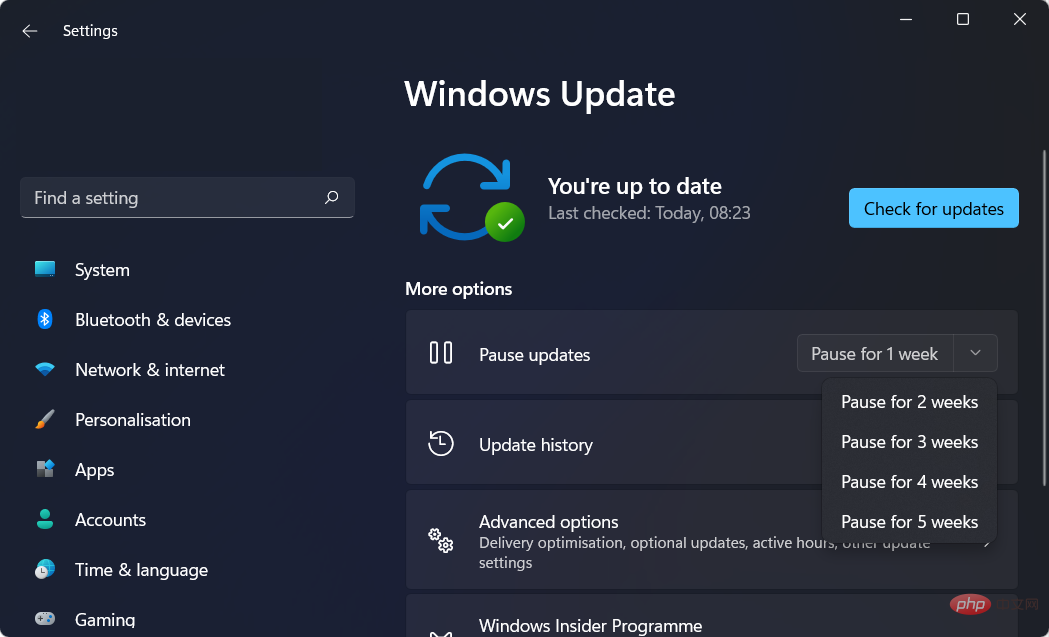
Sometimes difficulties arise suddenly. One day your computer runs fine, but the next day it refuses to boot.
But, most of the time, these unexpected problems are caused by faulty Windows updates, outdated drivers, or even driver updates that tweak something else in your system.
Having said that, now we will continue with the troubleshooting process of Windows 11 error System Thread Exception Unhandled. Follow!
How to fix system thread exception unhandled error in Windows 11?
1. Boot into safe mode
- Click the Start menu, and then click the Power icon.

- Hold down the Shift key on your keyboard and select the Restart option.
- After you are redirected to the screen below, you need to click on Troubleshoot and select Advanced options.

- Next, click on Startup Repair and hit the Restart button.

- After your computer restarts, press the 4 key on your keyboard to select the correct option from the menu that appears on the screen. After that, the machine will enter the safe mode environment.
2. Use third-party tools
PC problems will inevitably arise, and fixing them isn't always easy. However, specialized tools like Restoro can help you solve these problems.
It can solve any problems caused by corrupted system files, malware infections or problems after Windows upgrade.
This is achieved by first identifying the source of the failure, then locating the exact element causing the difficulty, and then automatically replacing or correcting the file using its database of 25.000.000 files.
⇒Get Recovery
3. Reinstall the graphics driver
- By right-clicking the Start icon and selecting the one with the name option, go to Device Manager.

- Now expand the Display Adapters section and right-click on each option in it to select Uninstall Device as shown below.

- Finally, you need to restart your computer to automatically reinstall the graphics driver. That’s all!
We cannot stress enough the importance of updating your drivers. Therefore, we recommend you DriverFix, a tool designed to automatically update and fix them for you.
4. Repair system files
- First open the search box by clicking the magnifying glass icon on the taskbar and enter cmd. Right-click on the top result and select Run as administrator.

- Now type or paste the following command in the CMD window and press Enter:
<strong>sfc /scannow</strong>
5. Using Windows Restore Point
- Press the magnifying glass icon in the taskbar to open the search box, and then search for Create a Restore Point. Click on the top result to open it.

- Click the System Restore button.

- Click Next and select a restore point to undo the latest changes to your computer. That’s all!

For more information about Windows system restore points, check out our article on how to create a Windows 11 restore point.
Alternatively, if you've made a mistake that you want to erase from the past, we have a tutorial on how to undo System Restore in Windows 11.
Finally, since we are discussing the same topic, we recommend you to read our post on How to Fix System Thread Exception Unhandled ntfs.sys in Windows 10 as it also contains the solution for Windows 11 plan.
The above is the detailed content of Fix system thread exception unhandled error in Windows 11. For more information, please follow other related articles on the PHP Chinese website!

Hot AI Tools

Undresser.AI Undress
AI-powered app for creating realistic nude photos

AI Clothes Remover
Online AI tool for removing clothes from photos.

Undress AI Tool
Undress images for free

Clothoff.io
AI clothes remover

Video Face Swap
Swap faces in any video effortlessly with our completely free AI face swap tool!

Hot Article

Hot Tools

Notepad++7.3.1
Easy-to-use and free code editor

SublimeText3 Chinese version
Chinese version, very easy to use

Zend Studio 13.0.1
Powerful PHP integrated development environment

Dreamweaver CS6
Visual web development tools

SublimeText3 Mac version
God-level code editing software (SublimeText3)

Hot Topics
 What is the reason why PS keeps showing loading?
Apr 06, 2025 pm 06:39 PM
What is the reason why PS keeps showing loading?
Apr 06, 2025 pm 06:39 PM
PS "Loading" problems are caused by resource access or processing problems: hard disk reading speed is slow or bad: Use CrystalDiskInfo to check the hard disk health and replace the problematic hard disk. Insufficient memory: Upgrade memory to meet PS's needs for high-resolution images and complex layer processing. Graphics card drivers are outdated or corrupted: Update the drivers to optimize communication between the PS and the graphics card. File paths are too long or file names have special characters: use short paths and avoid special characters. PS's own problem: Reinstall or repair the PS installer.
 How to speed up the loading speed of PS?
Apr 06, 2025 pm 06:27 PM
How to speed up the loading speed of PS?
Apr 06, 2025 pm 06:27 PM
Solving the problem of slow Photoshop startup requires a multi-pronged approach, including: upgrading hardware (memory, solid-state drive, CPU); uninstalling outdated or incompatible plug-ins; cleaning up system garbage and excessive background programs regularly; closing irrelevant programs with caution; avoiding opening a large number of files during startup.
 How to solve the problem of loading when PS is always showing that it is loading?
Apr 06, 2025 pm 06:30 PM
How to solve the problem of loading when PS is always showing that it is loading?
Apr 06, 2025 pm 06:30 PM
PS card is "Loading"? Solutions include: checking the computer configuration (memory, hard disk, processor), cleaning hard disk fragmentation, updating the graphics card driver, adjusting PS settings, reinstalling PS, and developing good programming habits.
 Is slow PS loading related to computer configuration?
Apr 06, 2025 pm 06:24 PM
Is slow PS loading related to computer configuration?
Apr 06, 2025 pm 06:24 PM
The reason for slow PS loading is the combined impact of hardware (CPU, memory, hard disk, graphics card) and software (system, background program). Solutions include: upgrading hardware (especially replacing solid-state drives), optimizing software (cleaning up system garbage, updating drivers, checking PS settings), and processing PS files. Regular computer maintenance can also help improve PS running speed.
 How to solve the problem of loading when the PS opens the file?
Apr 06, 2025 pm 06:33 PM
How to solve the problem of loading when the PS opens the file?
Apr 06, 2025 pm 06:33 PM
"Loading" stuttering occurs when opening a file on PS. The reasons may include: too large or corrupted file, insufficient memory, slow hard disk speed, graphics card driver problems, PS version or plug-in conflicts. The solutions are: check file size and integrity, increase memory, upgrade hard disk, update graphics card driver, uninstall or disable suspicious plug-ins, and reinstall PS. This problem can be effectively solved by gradually checking and making good use of PS performance settings and developing good file management habits.
 Is PS slow loading related to other programs that are running?
Apr 06, 2025 pm 06:03 PM
Is PS slow loading related to other programs that are running?
Apr 06, 2025 pm 06:03 PM
The secrets to mastering Office software include: understanding different versions and platforms, correctly installing and configuring, proficient in using the software interface, in-depth understanding of feature operations, application collaboration and sharing functions, utilizing templates and styles, mastering advanced skills, and solving common problems. In addition, you need to choose a version that suits your needs, make good use of templates and styles, develop backup habits, and learn shortcut keys and advanced techniques to improve efficiency.
 How to solve the problem of loading when PS is started?
Apr 06, 2025 pm 06:36 PM
How to solve the problem of loading when PS is started?
Apr 06, 2025 pm 06:36 PM
A PS stuck on "Loading" when booting can be caused by various reasons: Disable corrupt or conflicting plugins. Delete or rename a corrupted configuration file. Close unnecessary programs or upgrade memory to avoid insufficient memory. Upgrade to a solid-state drive to speed up hard drive reading. Reinstalling PS to repair corrupt system files or installation package issues. View error information during the startup process of error log analysis.
 Does mysql need the internet
Apr 08, 2025 pm 02:18 PM
Does mysql need the internet
Apr 08, 2025 pm 02:18 PM
MySQL can run without network connections for basic data storage and management. However, network connection is required for interaction with other systems, remote access, or using advanced features such as replication and clustering. Additionally, security measures (such as firewalls), performance optimization (choose the right network connection), and data backup are critical to connecting to the Internet.



